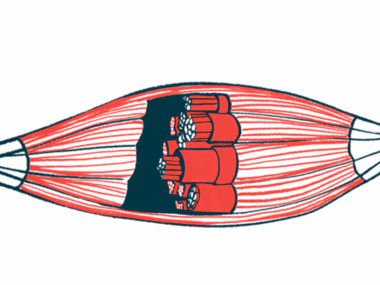Researchers ‘Watch’ Protein Aggregation Process That Leads to Parkinson’s Disease
Written by |

New research helps to explain how alpha-synuclein — the defective protein causing Parkinson’s disease — achieves its structure in neurons. These findings may help understand how aggregates of alpha-synuclein form in the brain of a Parkinson’s patient.
The study, “Structural Basis For The Dissociation Of Α-Synuclein Fibrils Triggered By Pressure Perturbation Of The Hydrophobic Core,” published in the journal Scientific Reports, was conducted by Jerson Silva with the Federal University of Rio de Janeiro, Brazil, and colleagues.
Parkinson’s disease develops when alpha-synuclein abnormally aggregates in neurons. Normally, this protein contributes to the exchange of chemical signals between neurons and regulates dopamine transport. In Parkinson’s, however, alpha-synuclein aggregates into structures known as Lewy bodies, which disrupt dopamine signaling and promote motor deficiencies.
Current efforts to treat Parkinson’s symptoms include stabilizing alpha-synuclein in its original form, to prevent several protein units from binding together and forming the toxic aggregates. But exactly how alpha-synuclein forms these aggregates remains elusive.
Researchers used high hydrostatic pressure (HHP) — a process also used to preserve and sterilize food by applying high-pressure water pumps — as a tool to dismantle alpha-synuclein aggregates and release the protein units back to their original “single” form. The HHP technique did this by forcing water into the core of the alpha-synuclein aggregates, causing the units to separate.
In the meantime, researchers could follow this “unfolding” of the proteins using a technique called nuclear magnetic resonance (NMR) spectroscopy. NMR gave the team access to the folding and unfolding process so members could analyze these alpha-synuclein units, looking for signs of what goes wrong with the protein to cause aggregate formation and, consequently, Parkinson’s disease.
Team members believe that uncovering this process helps them to understand what happens to alpha-synuclein in a disease state, which may lead to ways to avoid that state.
“Understanding the molecular forces behind the formation of pathogenic [aggregates] uncovered by pressure perturbation will aid in the development of new therapeutics against Parkinson’s disease,” the authors concluded.





